Are you tired of the rough and uncomfortable texture of your towels and bed sheets? Look no further; we have a game-changing home hack for you.
Discover how adding vinegar to your laundry routine can transform your linens, making them softer and more luxurious than you ever imagined. Say goodbye to the hassle of expensive fabric softeners and hello to a simple, eco-friendly solution that really works. Let’s dive into the secrets of using vinegar to soften your linens right at home.
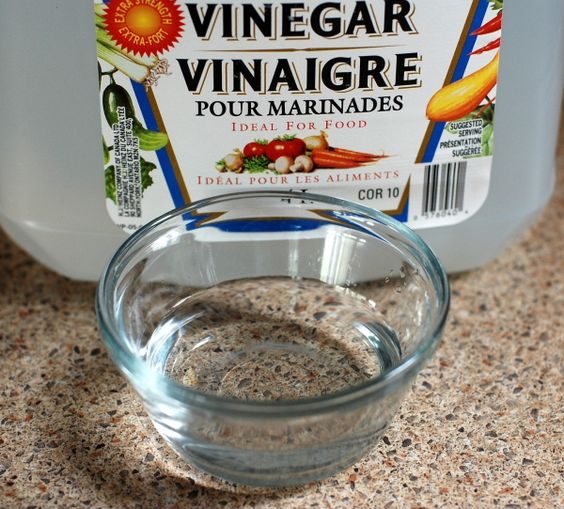
1. Why Vinegar?
Vinegar is more than just a kitchen staple; it’s a powerful ally in your laundry room.
- Acidic Properties: Vinegar is slightly acidic due to its acetic acid content. This mild acidity helps break down mineral deposits and residual detergents that can make your linens feel stiff and rough.
- Natural Softening: Vinegar’s acid also acts as a natural fabric softener. It helps relax the fibers in your towels and bed sheets, preventing them from feeling rigid and scratchy. As a result, your linens become more supple and enjoyable against your skin.
- Odor Elimination: Vinegar is known for its odor-neutralizing properties. By adding it to your laundry, you can help remove any lingering odors from your linens, leaving them smelling fresh and clean.
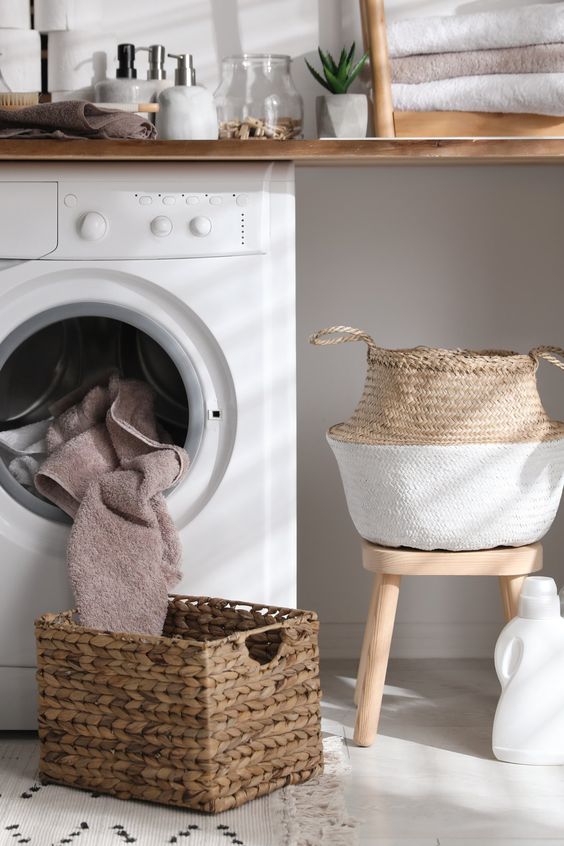
Do you know the benefits of vinegar for softening towels and bed sheets?The Secret to Softer Towels and Bed Sheets at Home
- Eco-Friendly: Vinegar is a natural, environmentally friendly alternative to commercial fabric softeners. It doesn’t contain the chemicals and fragrances that are often found in traditional softeners, making it a safe and green choice.
- Cost-Effective: Vinegar is incredibly affordable, especially when compared to the recurring cost of fabric softeners. A small amount of vinegar can go a long way in softening your laundry.
- Safe for Sensitive Skin: Commercial fabric softeners may contain allergens or irritants that can cause skin reactions. Vinegar is generally well-tolerated and a suitable choice for those with sensitive skin.
- Color-Safe: Unlike some fabric softeners that may affect the color of your linens, vinegar is gentle and won’t cause fading or damage to your fabrics.
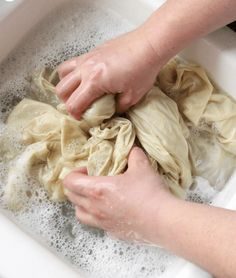
Learn how vinegar helps break down residue, leaving your linens cleaner and fresher.
Residues from detergents and minerals can accumulate on your towels and bed sheets over time, causing them to lose their softness and freshness. Here’s how vinegar effectively tackles these residues:
- Mineral Buildup: In areas with hard water, mineral deposits can accumulate on fabrics, making them stiff and scratchy. Vinegar’s mild acidity helps dissolve these minerals, leaving your linens free from mineral buildup.
- Detergent Residues: Some detergents leave behind a soapy residue that can cling to your fabrics. Vinegar acts as a natural surfactant, helping to break down and rinse away these detergent residues.
- Odor Elimination: Vinegar’s odor-neutralizing properties extend to your laundry, ensuring that any unwanted smells are removed, and your linens emerge fresh and clean.

Unlock the secret of using vinegar to soften your towels and bed sheets with this easy-to-follow guide.
Here’s a step-by-step process to ensure you get the best results without compromising the color or quality of your linens:
Step 1: Gather Your Supplies
Before you start, make sure you have the following:
White distilled vinegar: It’s best to use white vinegar, as it won’t leave any color or residue on your linens.
Your laundry load: Collect the towels and bed sheets you intend to wash.
Step 2: Measure the Vinegar
Determine the size of your load. For smaller loads, you’ll need approximately 1/4 to 1/2 cup of vinegar. For larger loads, you can use 1/2 to 1 cup of vinegar. Adjust the quantity accordingly to suit the load size.
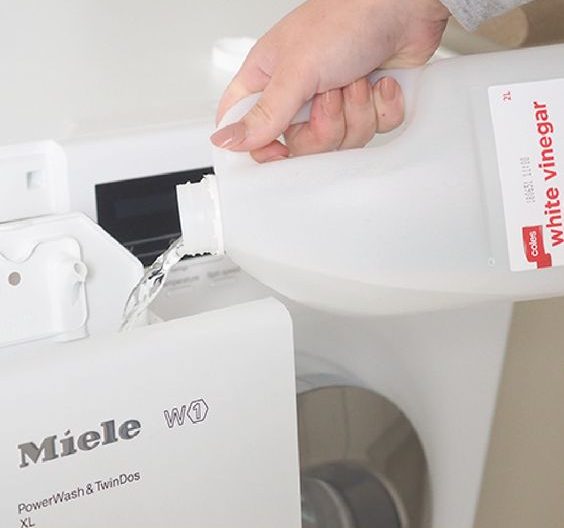
Step 3: Add the Vinegar
Open your washing machine and place your linens inside.
Next, pour the measured vinegar directly into the detergent compartment or add it to the drum before starting the wash cycle.
Step 4: Adjust the Settings
Select a regular or gentle cycle with cold or warm water, depending on the care instructions for your linens. Avoid using hot water, as it may diminish the effectiveness of the vinegar.
Opt for an extra rinse cycle if available, as this can help ensure all the vinegar is thoroughly rinsed out.
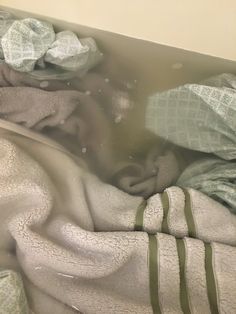
Step 5: Start the Wash
Initiate the washing machine, and let it complete the cycle as usual.
Step 6: Enjoy Softer Linens
Once the cycle is finished, transfer your linens to the dryer or hang them to air dry. You’ll notice a remarkable difference in the softness of your towels and bed sheets.
Tips to Ensure Vinegar Use Doesn’t Affect Color or Quality:
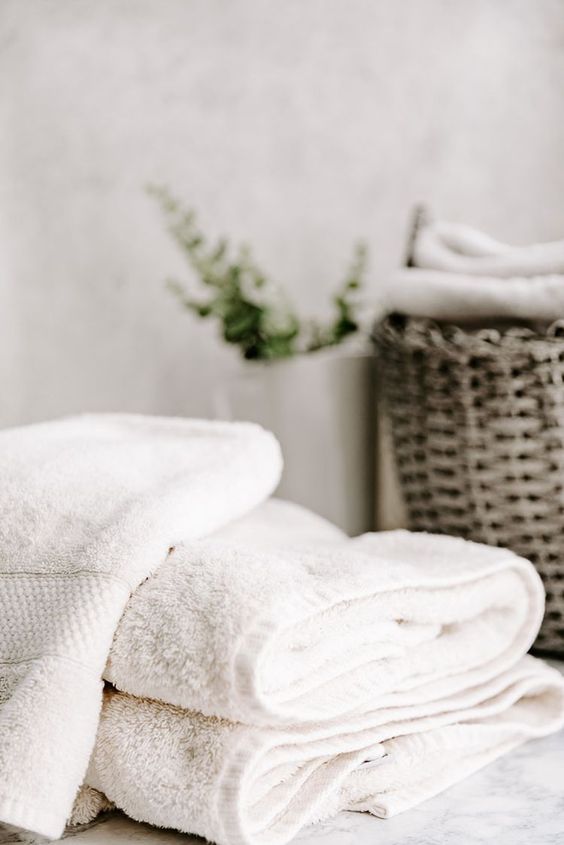
- Use white distilled vinegar: As mentioned earlier, opt for white vinegar, as it won’t leave any color or residue on your linens.
- Avoid using vinegar with bleach: Do not mix vinegar with bleach, as this can produce harmful fumes. If you need to use bleach for whitening, do so in a separate cycle.
- Check care labels: Always follow the care instructions on your linens. Some fabrics may not be compatible with vinegar, so it’s essential to double-check.
- Don’t overdo it: While vinegar is excellent for softening, using too much can result in an unpleasant smell. Stick to the recommended quantities.
- Test a small load first: If you’re concerned about how your linens will react to vinegar, try it with a small load first to ensure there are no adverse effects.
By following this step-by-step guide and implementing these tips, you can effectively use vinegar to soften your towels and bed sheets while maintaining their color and quality. Say “goodnight” to rough sheets and “hello” to a cozier and more restful sleep experience. Give it a try, and you’ll never go back to your old laundry routine.







